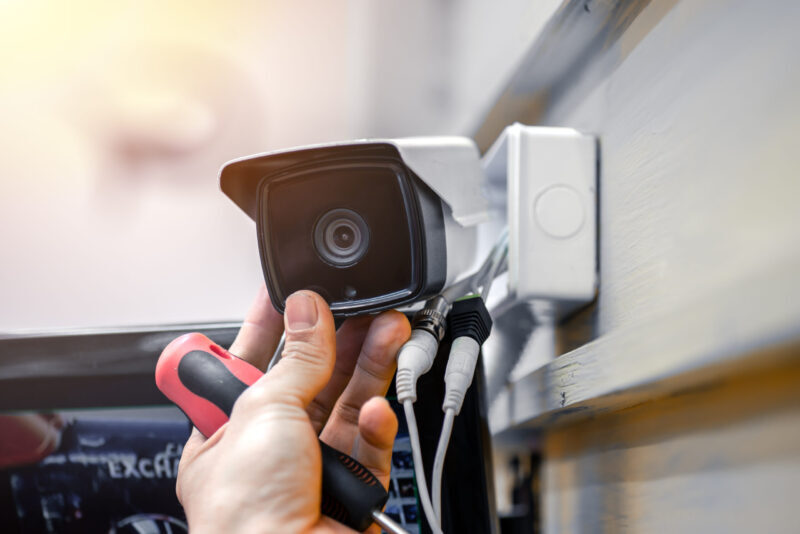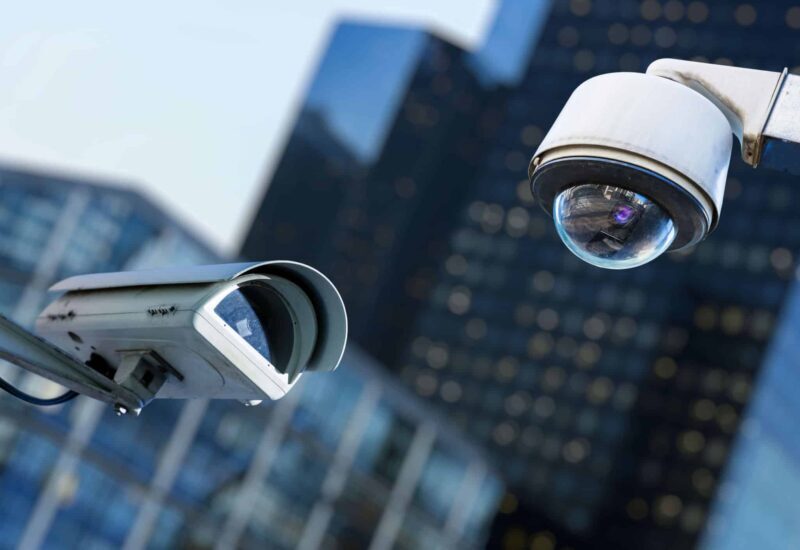Those studying for a certificate to be a CCTV installer frequently ask what qualifications are necessary to become a CCTV installer.
A CCTV installation firm may be established and operated without violating any laws or regulations. A number of rules, however, will have substantial effects on your company if you decide to install CCTV. You must adhere to them in full, or risk legal action. Some examples are the GDPR and the Data Protection Act of 2018, as well as the Health and Safety at Work Act of 1974.
Your qualification of being a CCTV installer must thus come from an organization recognized by Ofqual. Qualifications, testing, and evaluations in England are governed by the Office of Qualifications and Examinations Regulation (Ofqual). When a qualification is certified and accredited by an organization recognized by Ofqual, you and your employer may rest easy knowing it is of the greatest quality.
To ensure that your CCTV installation firm is legitimate and for you to be a CCTV installer without problems, you may check the legitimacy of the training provider in a number of methods. Find out who is in charge and do some digging on the Ofqual website to make sure it’s authentic. To verify their legality, look for their business registration number at the company headquarters. Look up the company’s directors and any instructors to discover if they have any blemishes on Google, such as past legal troubles.
How to Install a CCTV?
To become a CCTV installer, here is a quick guide on how to install a CCTV.
1. Mark where to install the bracket. Drill the holes, then screw on the bracket. Wires must be threaded through the wall to connect wired cameras to a monitor.
2. Fix the camera and insert the plug.
3. Secure the DVR. To secure surveillance data, lock it up. Wireless CCTV cameras utilize NVRs (Network Video Recorders) instead of DVRs.
4. Plan the camera-to-DVR cables. Place interior wires beneath carpets, behind skirting boards, or near ceiling cornices.
5. Wire moldings make the exterior camera wires stable and tamper-proof.
6. Cable the internet router. IP cameras utilize Cat 5 or Cat 6 cables, whereas analog HD cameras need a BNC cable and DC pin connection.
7. Connect each camera to the DVR/NVR. Connect the DVR to the TV screen. For a higher resolution display, use HDMI.
8. Once everything is connected, examine the video stream to determine whether the cameras are recording their intended locations. Blind areas are compensated for. Check connections and network clips if the cameras don’t operate.
What Is The Importance Of Having A CCTV?
The prevention and apprehension of criminal activity are the two fundamental functions of CCTV. It has the potential to assist individuals in experiencing an increased sense of safety in their communities. It is intended to act as documentation for the authorities and is displayed in public places.
Providing real-time, high-quality visual surveillance of a particular area, which in turn promotes safety and gives improved situational awareness, is one of the primary functions that contemporary security camera systems are designed to fulfill and make them an essential component of our modern civilization.
Types of CCTV
The variety of different kinds of CCTV cameras has led to an increase in the wide range of applications for these cameras. It could be difficult for you to pick the finest CCTV camera for your organization, given the huge choices that are available to you.
The following are the nine types of CCTV cameras that are most often found and used:
- Dome CCTV Cameras
- Bullet CCTV Cameras
- C-Mount CCTV Cameras
- PTZ Pan Tilt & Zoom Cameras
- Day/Night CCTV Cameras
- Infrared/night vision CCTV Cameras
- Network/IP CCTV Cameras
- Wireless CCTV Cameras
- High Definition (HD) CCTV Cameras



